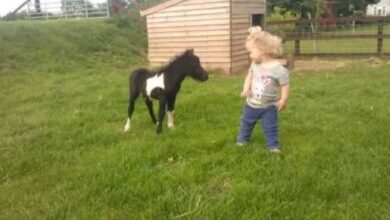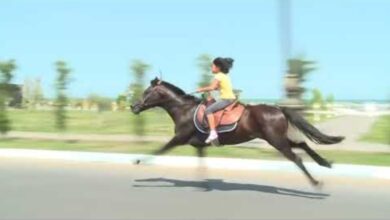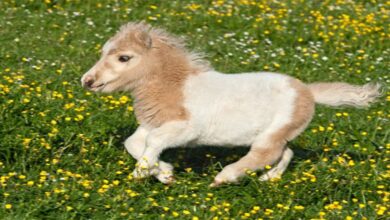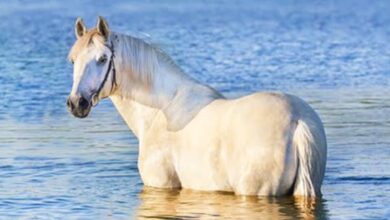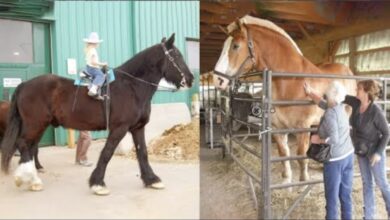Horses
The Cutest Little Toddler Horse Rider and Her Pony
Horse riding has a rich history that spans thousands of years, with the domestication of horses playing a pivotal role in shaping civilizations and influencing cultural practices. Here is a brief overview of the history of horse riding:
1. Domestication of Horses:
- The domestication of horses is believed to have begun around 4000 BCE on the steppes of Central Asia. Early human societies recognized the utility of horses for transportation, agriculture, and warfare.
- The Botai culture in present-day Kazakhstan is one of the earliest known cultures to have domesticated horses. They likely used horses for riding and as draft animals.
2. Ancient Civilizations:
- In ancient civilizations such as Mesopotamia, Egypt, and China, horses were initially valued for their contributions to agriculture and chariot warfare.
- The use of horses in chariot racing became a popular sporting activity in ancient Greece and Rome, with events held at prestigious venues like the Circus Maximus.
3. Rise of Cavalry:
- The development of mounted cavalry marked a significant shift in military tactics. Skilled horse riders provided speed and maneuverability on the battlefield, contributing to the success of many empires, including the Mongols, Persians, and Byzantines.
4. Medieval Knights and Chivalry:
- The medieval period saw the emergence of knights on horseback. Knights were heavily armored warriors who played a central role in European feudal societies. Jousting tournaments became popular events, showcasing the skills of both rider and horse.
5. Renaissance and Baroque Riding Schools:
- During the Renaissance, the art of horse riding became more refined, with the establishment of riding academies and schools. The Spanish Riding School in Vienna, founded in 1572, is one of the oldest and most renowned institutions dedicated to classical dressage.
6. 19th Century and the Wild West:
- In the 19th century, the expansion of the American West saw the rise of cowboy culture, with horse riding integral to cattle ranching and rodeo events. The Pony Express and stagecoaches further emphasized the importance of horse riding in the development of the American frontier.
7. Modern Equestrian Sports:
- The 20th century witnessed the formalization of various equestrian sports, including show jumping, dressage, eventing, and polo. These sports showcase the partnership between horse and rider, emphasizing skill, precision, and athleticism.
Today, horse riding continues to be a popular recreational activity and competitive sport worldwide. Whether for leisure, sport, or therapy, the bond between humans and horses endures, reflecting a history of collaboration and mutual benefit that has shaped cultures and societies for millennia.
